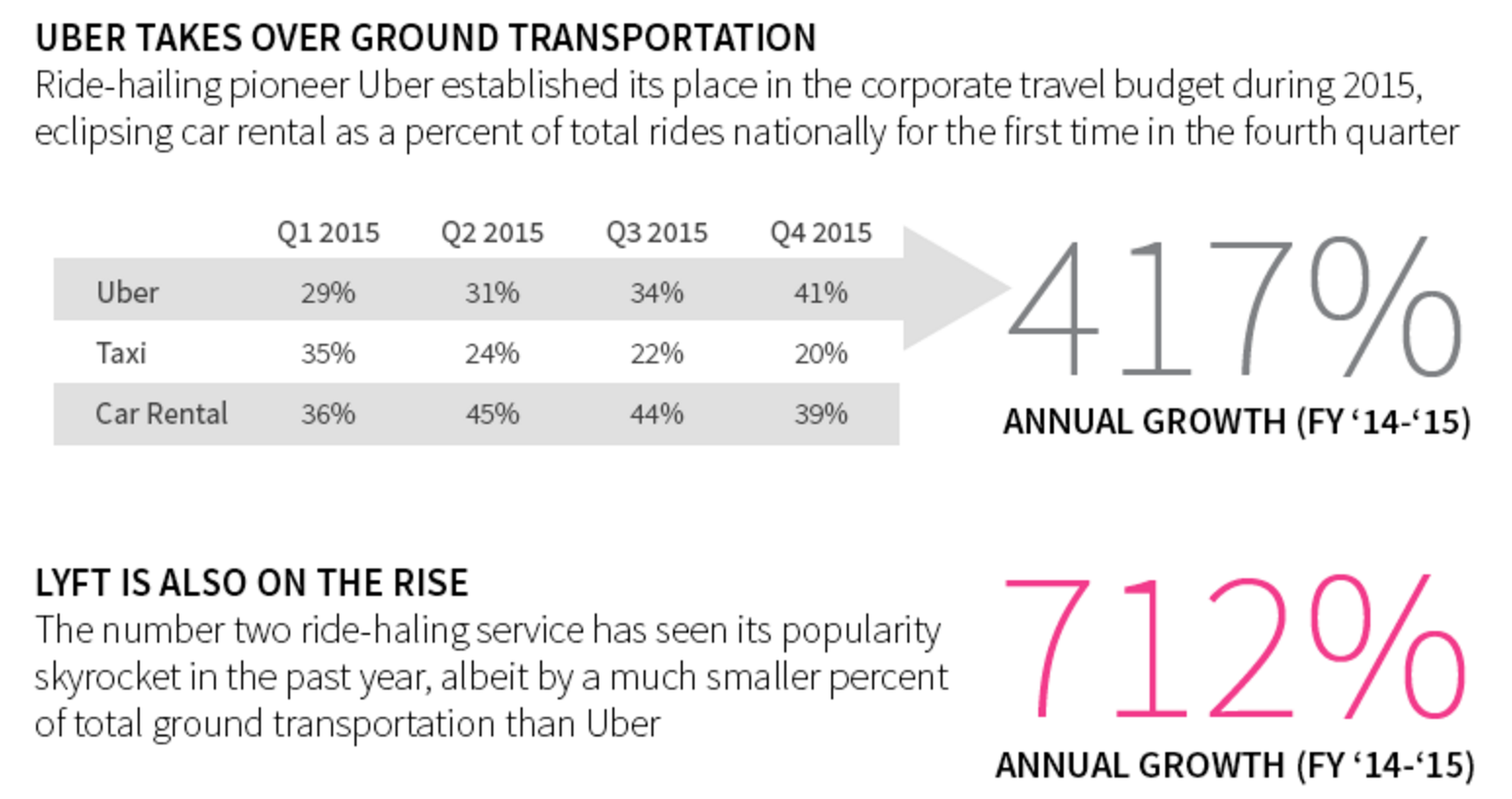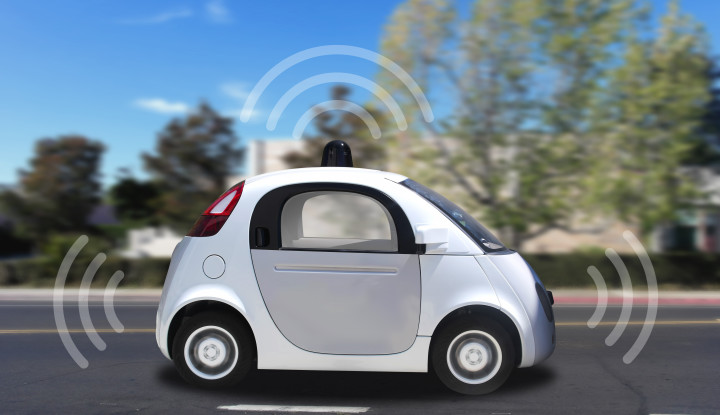New technologies often start with a whisper and quickly crescendo. The tech press covers the first few beats of the nascent disruption, followed eventually by mainstream outlets that cover emerging technologies poised to impact society. One technology capturing more than its fair share of imagination is driverless cars. These vehicles play in a variety of segments, with car manufacturers, taxis and car rental companies driving this transformation in human mobility.
There are generally three approaches to deeply disruptive technologies: wait-and-see, active opposition and self-disruption. The wait-and-see approach is personified by the classic example of Henry Ford’s mantra for the wildly successful Model-T: “Any color … so long as it is black.” While this worked for awhile, ultimately Ford quickly fell behind its rival GM once it started offering “a car for every purse and purpose.”
On the active opposition front, the taxi industry has been working for regulation of transportation tech companies Uber and Lyft. From Paris to New York, cabbies are pushing eloquently for comparable regulation on this segment of ground transportation. Car rental companies are likely affected by on-demand rides. The latest Certify data shows growth for Uber malongside declines in expensed taxi rides and car rentals:
 Self-disruption is the most recent development in ground transportation, with several recent developments demonstrated how key players aren’t waiting around for their core businesses to be choked. Uber has invested millions in its own automated car research lab; GM placed a $500 million bet in a partnership with Lyft; Ford has linked up with Google to leverage driverless car technology.
One can only imagine how Google might further impact the traveler experience by providing seamless bookings and travel support to drivers and passengers. Or what additional entertainment options or service offerings created once drivers become passengers.
And while this new reality might seem far away, it’s not: London recently announced that it will be testing self-driving cars on actual city streets this summer. The £8 million project, called Gateway for short, brings testing to the real-world to:
Self-disruption is the most recent development in ground transportation, with several recent developments demonstrated how key players aren’t waiting around for their core businesses to be choked. Uber has invested millions in its own automated car research lab; GM placed a $500 million bet in a partnership with Lyft; Ford has linked up with Google to leverage driverless car technology.
One can only imagine how Google might further impact the traveler experience by providing seamless bookings and travel support to drivers and passengers. Or what additional entertainment options or service offerings created once drivers become passengers.
And while this new reality might seem far away, it’s not: London recently announced that it will be testing self-driving cars on actual city streets this summer. The £8 million project, called Gateway for short, brings testing to the real-world to:
 Self-disruption is the most recent development in ground transportation, with several recent developments demonstrated how key players aren’t waiting around for their core businesses to be choked. Uber has invested millions in its own automated car research lab; GM placed a $500 million bet in a partnership with Lyft; Ford has linked up with Google to leverage driverless car technology.
One can only imagine how Google might further impact the traveler experience by providing seamless bookings and travel support to drivers and passengers. Or what additional entertainment options or service offerings created once drivers become passengers.
And while this new reality might seem far away, it’s not: London recently announced that it will be testing self-driving cars on actual city streets this summer. The £8 million project, called Gateway for short, brings testing to the real-world to:
Self-disruption is the most recent development in ground transportation, with several recent developments demonstrated how key players aren’t waiting around for their core businesses to be choked. Uber has invested millions in its own automated car research lab; GM placed a $500 million bet in a partnership with Lyft; Ford has linked up with Google to leverage driverless car technology.
One can only imagine how Google might further impact the traveler experience by providing seamless bookings and travel support to drivers and passengers. Or what additional entertainment options or service offerings created once drivers become passengers.
And while this new reality might seem far away, it’s not: London recently announced that it will be testing self-driving cars on actual city streets this summer. The £8 million project, called Gateway for short, brings testing to the real-world to:
…understand and overcome the technical, legal and societal barriers of automated vehicles in an urban environment… the project will trial and validate a series of use cases for automated vehicles, including driverless shuttles, autonomous valet parking and automated urban deliveries.This is the biggest city yet to develop testing procedures to understand how this technology would work in a live urban environment. Should this test prove successful, it’s really only a matter of time before this technology transforms a core element of the traveler experience. The changing face of mobility promises to evolve traditional business models while offering new opportunities for travel bookings with travel suppliers and intermediaries. As emerging technologies move into the mainstream, stellar service and a great user experience are the primary means for brand positioning and differentiation. Something to consider as automation technology digs ever-deeper into the travel infrastructure! For more on transformation in travel, join Sabre’s Chairman Greg Webb at ITB Berlin to discuss “the global travel industry in 2023” on Friday March 11 at 10:35am in the Auditorium London.
